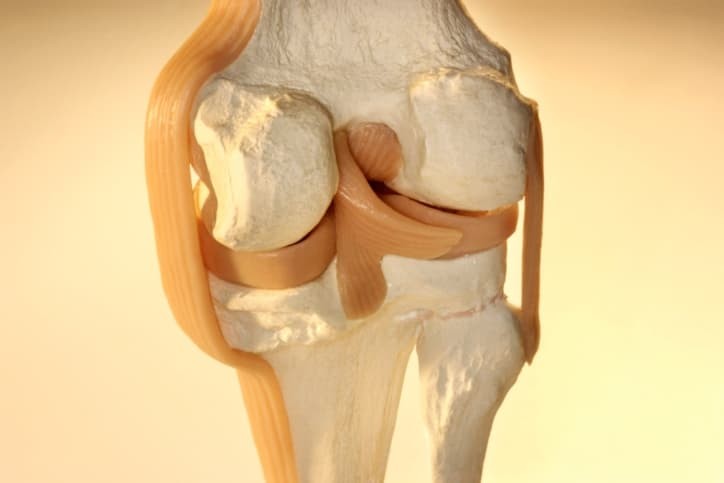
If you have concerns about the strength of your bones or the possibility of sustaining fractures due to osteoporosis, then a bone density test can tell you if your bones are at the normal strength. Read on to learn more about the testing.
What is Bone Density Testing?
A bone density test is also known as bone densitometry or dual energy x-ray absorptiometry (DEXA) scan. A bone density test is used for the diagnosis of osteoporosis or to check if you are at risk for osteoporosis before any bones are broken. Be aware that a bone density test is not the same as a bone scan. Bone scans are carried out to see if you have a bone fracture, cancer or any infections or other abnormalities in your bones. An injection is used beforehand. No injections are used with bone density scans. The bone density test can tell you if you have a lower bone density than you should but it cannot tell you why, so if you do have a lower bone density, your doctor will carry out a complete evaluation in order to find the cause.
How Does Bone Density Testing Work?
Bone density testing uses special x-rays in order to measure the bone mineral density in segments of your bone to find out if you have adequate calcium and other types of minerals in your bones. The higher the mineral content, the denser your bones are. Denser bones are stronger and less likely to break. The test is done on the bones that are most likely to break due to osteoporosis – such as the lumbar vertebrae, the femur, and the wrists and forearm.
As opposed to standard x-ray, which cannot detect osteoporosis unless the patient has lost significant amounts of bone mass, DEXA can accurately identify a number of factors for osteoporosis. A painless procedure that takes 30 to 45 minutes to run, it involves the use of a small dose of radiation to obtain images of the bones in order to assess the likelihood of bone loss.
What Devices Are Used for Bone Density Testing?
Bone density testing is an outpatient procedure and can be done using central or peripheral devices. The central device is a large x-ray machine that includes a DEXA scan and a quantitative CT scan. It comes with a padded platform where the patient lies down, and a mechanical arm overhead that generates an x-ray image of their bones. Central devices are located in hospitals and operated by an x-ray technologist. It is used to take an actual scan of the hip and spine to check for changes in bone mass that could lead to brittle bones arising from a bone disease.
Peripheral bone density tests use smaller portable machines to measure the bone density on an outer part of your skeleton such as the heel, wrist or finger. Unlike central devices that require a trip to a medical facility, peripheral tests can be conducted in pharmacies, mobile medical vans or health fairs. An imaging compartment for the foot or forearm is provided in the device. Other additional tests to determine bone loss may be conducted with an ultrasound machine.
What Do Bone Density Test Results Mean?
The test results from a bone density scan are given in two different numbers – the t-score and the z-score. The t-score is the bone density compared to what is normal in a healthy young adult of your gender. If your score is above -1, you have normal bone density. If it is between -1 and -2.5, your bone density is below normal and may result in an osteoporotic fracture. If it is below -2.5, you have osteoporosis. The z-score is the number of standard deviations above or below what is generally seen in someone of your age, sex, weight, and racial origin. This can be helpful as it can indicate if you have a secondary form of osteoporosis through which something else besides ageing is causing bone loss.
Bone density testing is fast, easy, painless, and non-invasive. In fact, you can get simple tests done at your local pharmacy. However, if you are having a test, be sure to tell the doctor if you have had a barium exam or a test that required oral contrast or nuclear medicine. This is because these tests use an injection that may interfere with the results of your test.
A DEXA scan will not only tell your primary healthcare provider if you have osteoporosis, but it will also enable them to devise a treatment plan to help support bone strength and delay the progression of osteoporosis. Your doctor can prescribe weight-bearing exercises along with calcium supplements.
When Should I Begin Bone Density Testing?
Post-menopausal women or anyone 65 or older, as well as older adults who have an increased risk of osteoporosis, should have periodic bone density testing. However, you can have a bone density test at any age if you suspect that you are at risk of osteoporosis. It is usually recommended for patients who have a significant height loss, a history of hip fracture, or suffer from low calcium absorption.
Tests should be done every two years but your doctor will recommend the appropriate interval based on your personal history and risk factors. You should also have a bone density test done if you have been on hormone replacement therapy for long periods.
Originally published on Mar 23, 2009








